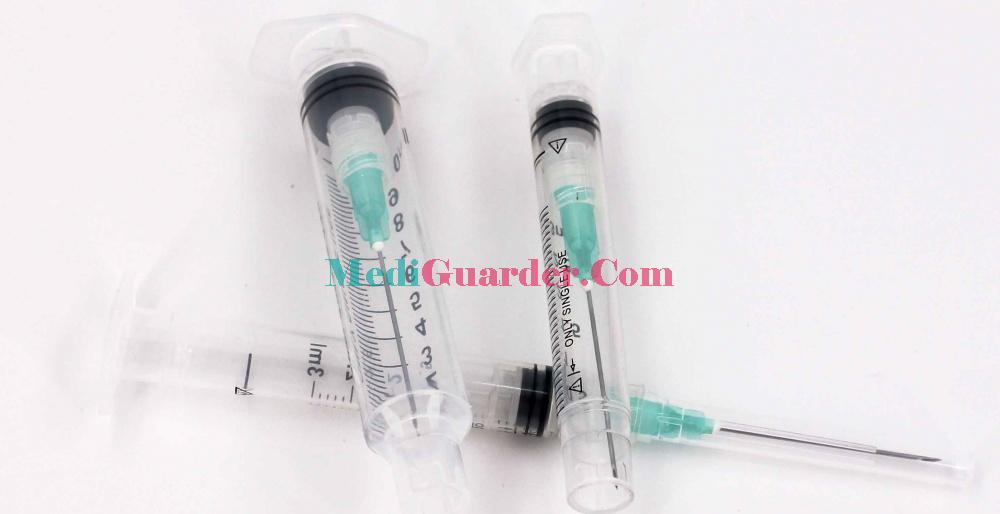Class 2 medical devices are an important category within the realm of medical equipment. They are defined as those that pose a moderate risk to the user or patient. These devices play a crucial role in healthcare delivery, enabling accurate diagnosis, effective treatment, and improved patient care.
One of the characteristics of Class 2 medical devices is their increased complexity compared to Class 1 devices. While Class 1 devices are typically simple in design and function, Class 2 devices often incorporate more advanced technology and features. For example, a blood glucose meter is a common Class 2 medical device. It uses sophisticated sensors and algorithms to measure the level of glucose in a patient’s blood accurately. This requires precise engineering and calibration to ensure reliable results.
Another example is a powered wheelchair. These wheelchairs are designed to provide mobility to individuals with limited physical abilities. They feature advanced controls, adjustable seating, and safety mechanisms to ensure the comfort and safety of the user. Powered wheelchairs require careful design and testing to meet the needs of different users and to comply with safety standards.

Class 2 medical devices also include a wide range of diagnostic instruments. For instance, electrocardiogram (ECG) machines are used to record the electrical activity of the heart. These devices help healthcare professionals detect heart conditions and monitor the health of patients. They need to be accurate and reliable to provide valuable diagnostic information. Similarly, ultrasound machines are another type of Class 2 medical devices. They use sound waves to create images of internal organs and tissues, aiding in the diagnosis of various medical conditions. Ultrasound machines require advanced imaging technology and trained operators to obtain clear and accurate images.
The regulatory process for Class 2 medical devices is more stringent than that for Class 1 devices. In many countries, manufacturers of Class 2 devices are required to submit detailed documentation to regulatory authorities for review. This includes information on the device’s design, manufacturing process, performance characteristics, and safety features. The regulatory authorities evaluate this information to ensure that the device meets the required standards for safety and effectiveness.
In addition to regulatory approval, Class 2 medical devices also need to undergo regular quality control and performance testing. Manufacturers are responsible for ensuring that their devices continue to function properly and meet the specified standards throughout their lifespan. This may involve periodic inspections, calibration, and maintenance of the devices.

The use of Class 2 medical devices requires proper training and expertise. Healthcare professionals who operate these devices need to be familiar with their functions, limitations, and safety precautions. They must also follow established protocols and guidelines to ensure the accurate and safe use of the devices. For example, a nurse using a blood glucose meter needs to know how to properly collect and test a blood sample, as well as how to interpret the results.
In conclusion, Class 2 medical devices are an essential part of modern healthcare. They offer more advanced capabilities and pose a moderate risk to users. The regulatory process for these devices is designed to ensure their safety and effectiveness, while their proper use requires training and expertise. As technology continues to advance, we can expect to see more innovative medical devices that will further improve patient care and diagnosis.
 China Disposable Medical Supplies, Medical Consumables Supplier
China Disposable Medical Supplies, Medical Consumables Supplier

WhatsApp
Scan the QR Code to start a WhatsApp chat with us.